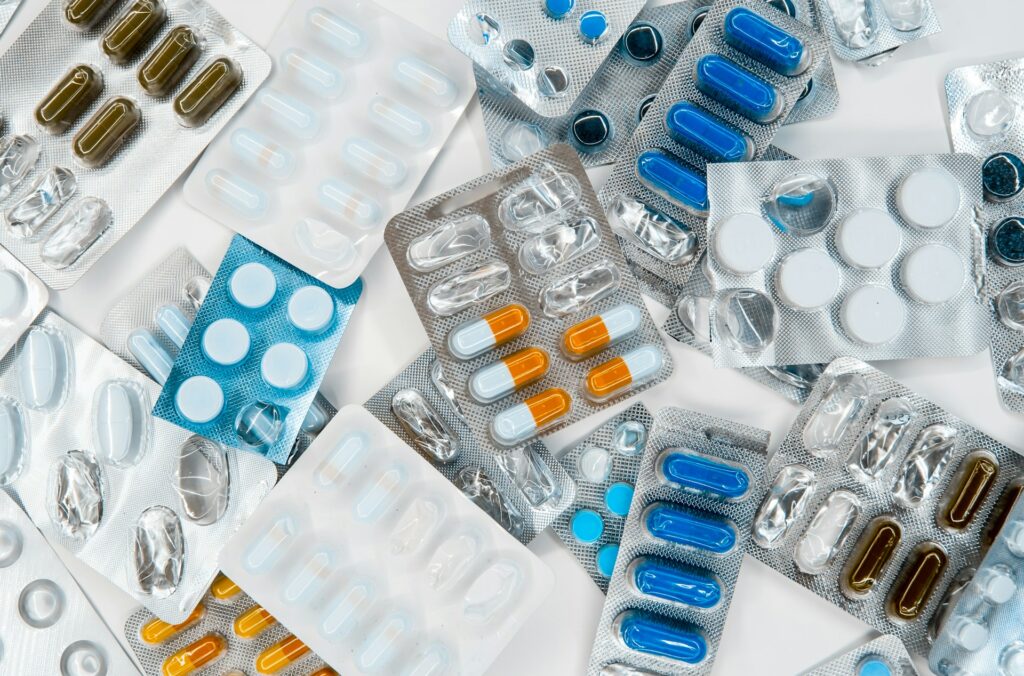The Hidden Dangers in Our Water: The Health Risks of Pharmaceutical Contamination
By Finlay Gilkinson – 09/04/2025
In the modern world, water is considered a basic necessity and a symbol of purity and life. Yet beneath its clear appearance, a complex and disturbing reality lurks. Across the globe, scientists are finding trace amounts of pharmaceutical drugs and Personal Care Products (PPCPs) in water supplies—a silent, slow-building threat to public health. This blog explores the critical health risks posed by contaminated drinking water and why it demands urgent attention.

Understanding the Source
Pharmaceuticals and PPCPs enter water systems through multiple pathways:
Wastewater treatment facilities are not designed to completely remove these microcontaminants, allowing residues to pass through and re-enter the ecosystem and even treated drinking water.
What Contaminants Are We Talking About?
Research has detected dozens of pharmaceuticals and PPCPs in global water samples, including:
Though concentrations are typically measured in nanograms or micrograms per litre, chronic exposure raises concerns even at these minuscule levels.
Health Risks and Scientific Concerns
The Regulatory and Scientific Lag
Despite growing evidence, regulatory frameworks remain outdated or incomplete. Most national and international water quality standards do not currently require monitoring for pharmaceuticals or PPCPs. Moreover, the scientific community still lacks long-term epidemiological studies necessary to quantify risks with certainty. This regulatory inertia creates a gap between scientific knowledge and public policy.
What Can Be Done?
Conclusion
Water is not just a resource—it is a lifeline. The presence of pharmaceutical residues in our water supply is an overlooked but growing public health concern. Ignoring it is not an option. The convergence of industrialization, pharmaceutical overuse, and inadequate regulation has created a chemical cocktail in our most essential element. To safeguard future generations, we must act now—with science, with policy, and with conscience.
References:
Ready to find the perfect job?
Our team of experts work with an extensive network of employers. Submit your CV to ensure you’re a part of our network of talented candidates and we’ll make you aware of opportunities before they are even posted.
